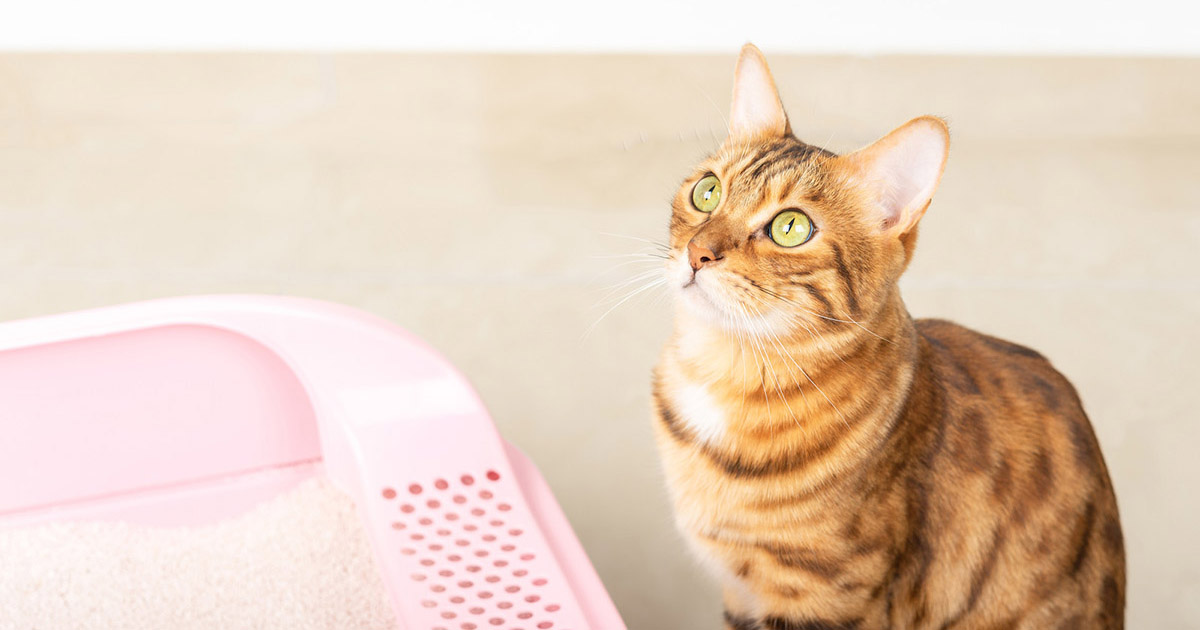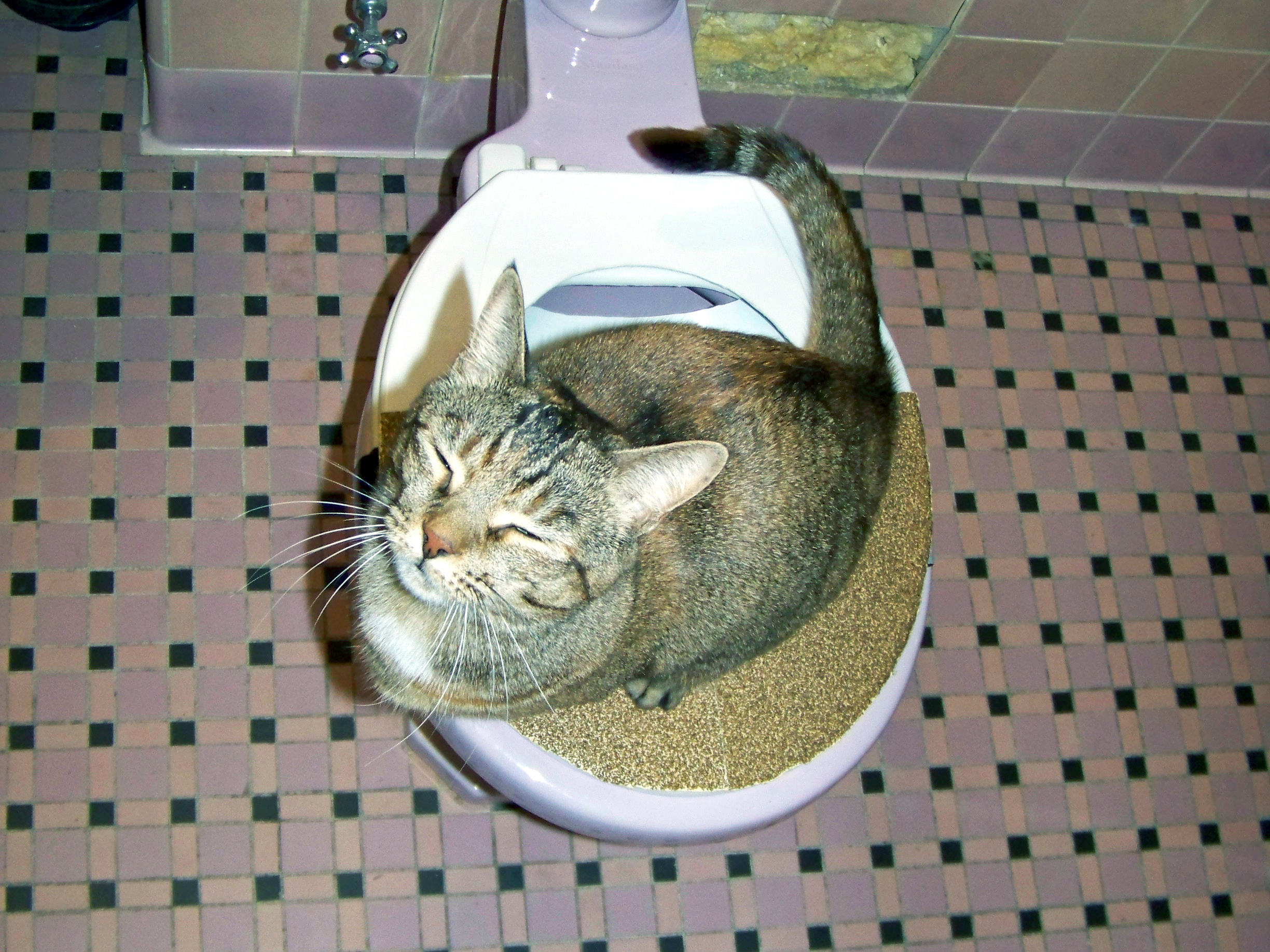Prevent Clogs and Damage: Don't Flush Cat Poop Down Your Toilet - Expert Insights
Prevent Clogs and Damage: Don't Flush Cat Poop Down Your Toilet - Expert Insights
Blog Article
Everyone may have his or her own thinking in relation to How to Dispose of Cat Poop and Litter Without Plastic Bags.

Intro
As feline proprietors, it's important to be mindful of just how we deal with our feline friends' waste. While it might seem hassle-free to flush feline poop down the commode, this method can have detrimental repercussions for both the setting and human health and wellness.
Ecological Impact
Flushing cat poop presents hazardous microorganisms and bloodsuckers right into the supply of water, presenting a significant risk to marine ecological communities. These pollutants can negatively influence aquatic life and compromise water quality.
Health and wellness Risks
Along with ecological concerns, purging feline waste can also present health and wellness threats to people. Feline feces might contain Toxoplasma gondii, a bloodsucker that can cause toxoplasmosis-- a potentially serious illness, specifically for pregnant ladies and individuals with damaged body immune systems.
Alternatives to Flushing
The good news is, there are much safer and a lot more responsible means to dispose of pet cat poop. Think about the complying with options:
1. Scoop and Dispose in Trash
The most common method of taking care of feline poop is to scoop it right into an eco-friendly bag and toss it in the trash. Make sure to utilize a dedicated litter inside story and take care of the waste promptly.
2. Use Biodegradable Litter
Opt for eco-friendly cat litter made from products such as corn or wheat. These litters are eco-friendly and can be safely gotten rid of in the garbage.
3. Hide in the Yard
If you have a lawn, think about hiding cat waste in an assigned location away from vegetable gardens and water sources. Make sure to dig deep sufficient to prevent contamination of groundwater.
4. Set Up a Pet Waste Disposal System
Purchase an animal garbage disposal system particularly created for feline waste. These systems make use of enzymes to break down the waste, decreasing odor and environmental effect.
Conclusion
Liable animal possession extends past providing food and shelter-- it also includes appropriate waste administration. By avoiding purging cat poop down the commode and going with different disposal approaches, we can decrease our ecological impact and safeguard human health.
Why Can’t I Flush Cat Poop?
It Spreads a Parasite
Cats are frequently infected with a parasite called toxoplasma gondii. The parasite causes an infection called toxoplasmosis. It is usually harmless to cats. The parasite only uses cat poop as a host for its eggs. Otherwise, the cat’s immune system usually keeps the infection at low enough levels to maintain its own health. But it does not stop the develop of eggs. These eggs are tiny and surprisingly tough. They may survive for a year before they begin to grow. But that’s the problem.
Our wastewater system is not designed to deal with toxoplasmosis eggs. Instead, most eggs will flush from your toilet into sewers and wastewater management plants. After the sewage is treated for many other harmful things in it, it is typically released into local rivers, lakes, or oceans. Here, the toxoplasmosis eggs can find new hosts, including starfish, crabs, otters, and many other wildlife. For many, this is a significant risk to their health. Toxoplasmosis can also end up infecting water sources that are important for agriculture, which means our deer, pigs, and sheep can get infected too.
Is There Risk to Humans?
There can be a risk to human life from flushing cat poop down the toilet. If you do so, the parasites from your cat’s poop can end up in shellfish, game animals, or livestock. If this meat is then served raw or undercooked, the people who eat it can get sick.
In fact, according to the CDC, 40 million people in the United States are infected with toxoplasma gondii. They get it from exposure to infected seafood, or from some kind of cat poop contamination, like drinking from a stream that is contaminated or touching anything that has come into contact with cat poop. That includes just cleaning a cat litter box.
Most people who get infected with these parasites will not develop any symptoms. However, for pregnant women or for those with compromised immune systems, the parasite can cause severe health problems.
How to Handle Cat Poop
The best way to handle cat poop is actually to clean the box more often. The eggs that the parasite sheds will not become active until one to five days after the cat poops. That means that if you clean daily, you’re much less likely to come into direct contact with infectious eggs.
That said, always dispose of cat poop in the garbage and not down the toilet. Wash your hands before and after you clean the litter box, and bring the bag of poop right outside to your garbage bins.
https://trenchlesssolutionsusa.com/why-cant-i-flush-cat-poop/

I was made aware of that editorial on Can You Flush Cat Poop Down The Toilet? from an associate on a different blog. So long as you enjoyed reading our blog post kindly make sure you remember to pass it around. We thank you for reading our article about Can You Flush Cat Poo or Litter Down the Toilet?.
Visit Link Report this page